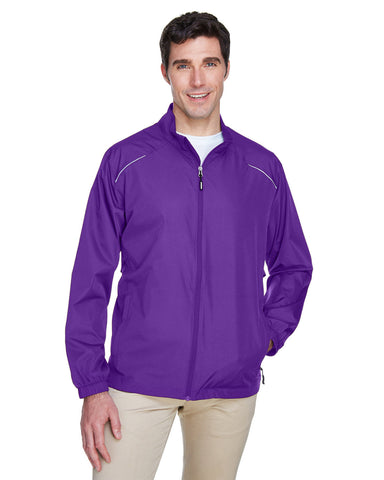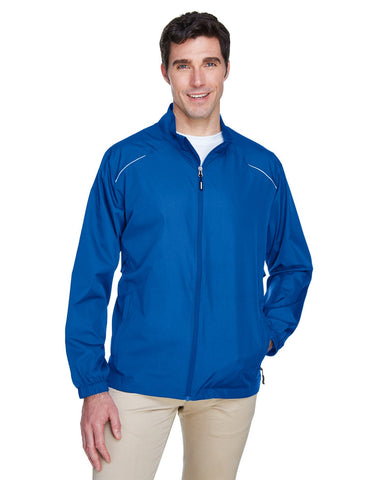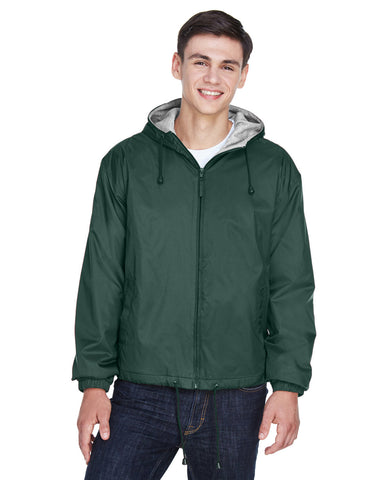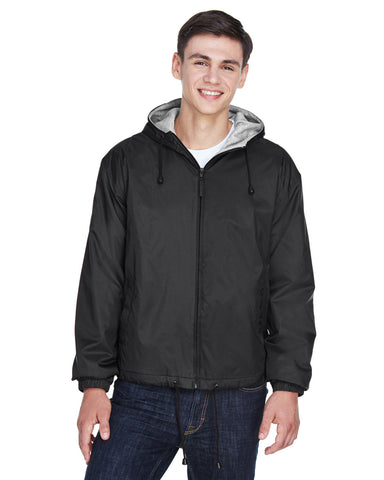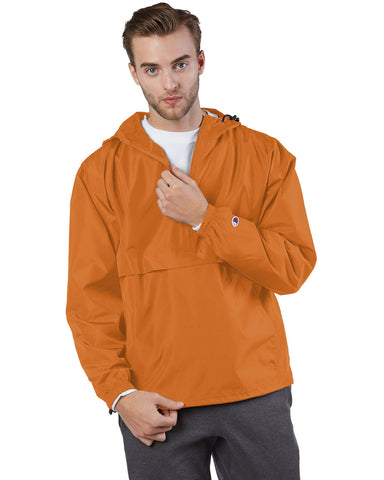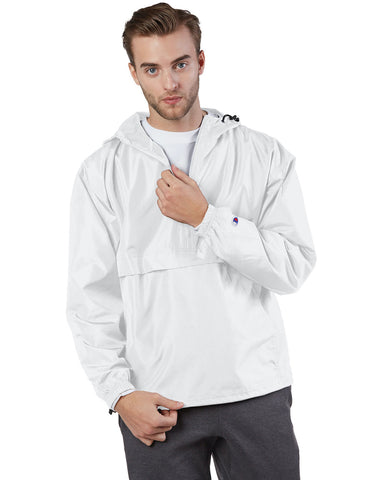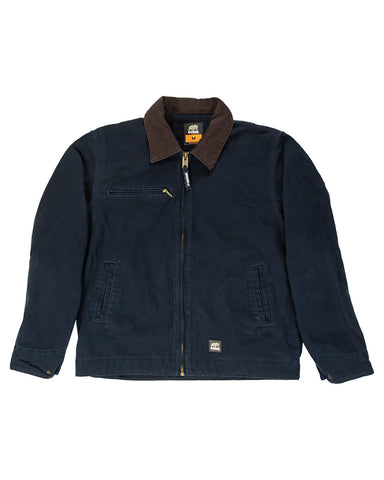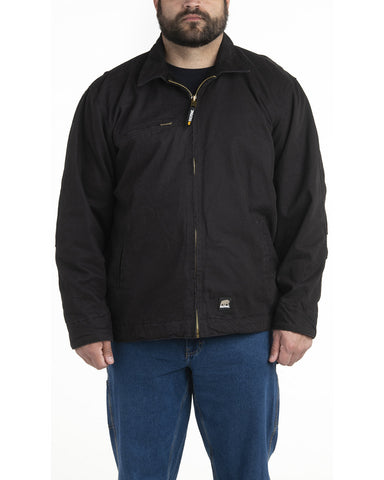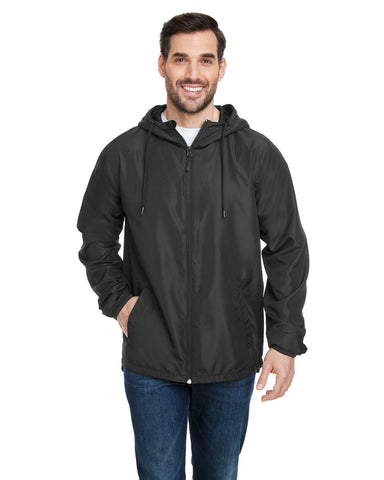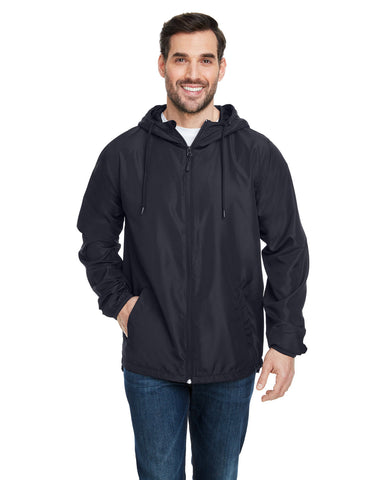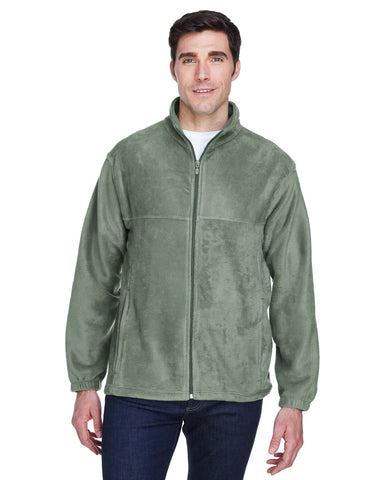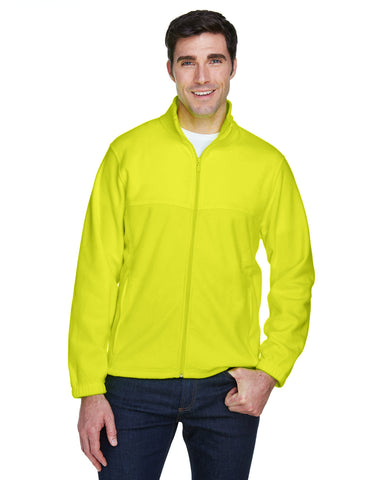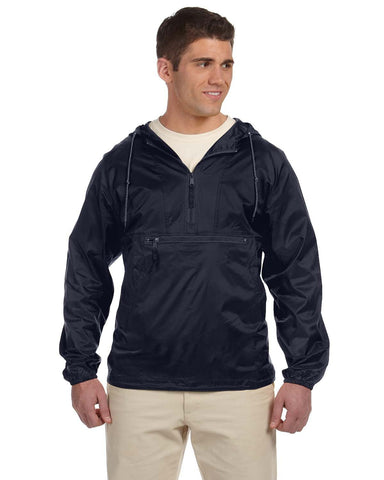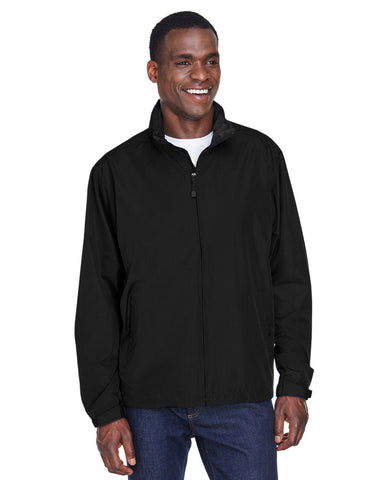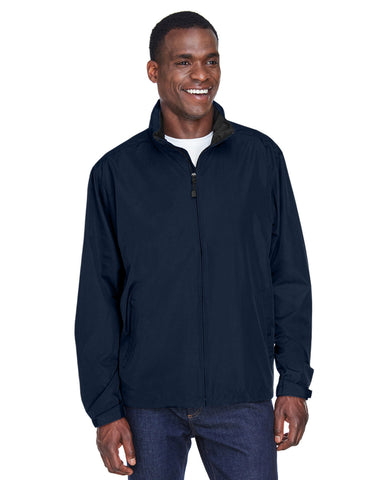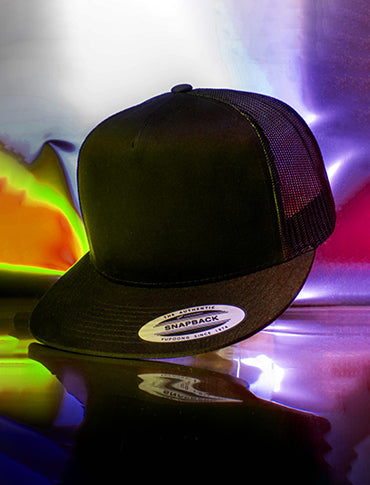Categories
Recent Articles
Featured Products
-
CAMPUS PURPLE
-
TRUE ROYAL
-
CAMPUS GOLD
-
CARBON
- + 8
Choosing the Right Fabric for Activewear - A Guide to Activewear Fabrics

Introduction (Choosing the Right Fabric For Active Wear)
When it comes to activewear, choosing the right fabric is paramount. The fabric you select can make or break your workout experience. This article will lead you through the key aspects to consider when selecting the ideal fabric for your activewear requirements. From moisture-wicking properties to breathability, we've got you covered.
The Importance of Fabric Selection
Selecting the right fabric for your activewear isn't just about aesthetics; it's about performance. The fabric affects how comfortable you feel whether you're working out at the gym or going on a jog. Here's why fabric choice matters:
Performance Enhancement
The right fabric can enhance your performance by keeping you comfortable and dry, allowing you to focus on your workout. This critical aspect of fabric selection can significantly impact how you feel during your workouts, ultimately influencing the effectiveness of your fitness routine.
Durability
For those engaging in rigorous workouts regularly, durability is paramount. The fabric should withstand the wear and tear of intense physical activity, ensuring your activewear remains in top condition for the long haul.
Comfort
Comfort is crucial during workouts. The fabric should feel soft against your skin and not irritate. Activewear should never restrict your movements. Fabrics like spandex and Lycra offer excellent stretch and recovery, allowing you to move freely in any direction. This flexibility is vital for activities involving a wide range of motions, such as yoga and dance.
Temperature Regulation
Your activewear should adapt to your body temperature, keeping you cool when it's hot and warm when it's cold. Natural fibers like merino wool and Tencel provide insulation and breathability, ensuring you stay comfortable in various weather scenarios.
Moisture-Wicking
Sweat-wicking fabrics are essential to keep you dry during intense workouts. High-performance fabrics like polyester and nylon excel in moisture management. This moisture-wicking property is essential for maintaining your comfort and focus.
Types of Activewear Fabrics
Now that we understand why fabric selection is vital, let's explore some common activewear fabrics and their benefits:
1. Cotton
Cotton is known for its comfort, and is often found in everyday clothing, but is it suitable for activewear? Cotton is exceptionally comfortable because it is soft and breathable, however, it might not be the best material for strenuous exercise. Its moisture retention properties can leave you feeling damp and uncomfortable during sweat-inducing activities. Cotton activewear is better suited for light exercises or casual wear, where breathability and moisture-wicking are less critical.
2. Spandex
Spandex, also known as elastane, is the superhero of stretchy fabrics. Its exceptional elasticity makes it a favorite choice for activewear. Spandex blends provide the perfect balance between flexibility and support, allowing you to move freely during workouts. Whether you're doing yoga stretches or high-intensity cardio, spandex-infused activewear ensures your clothing moves with you, enhancing your overall performance.
3. Polyester
Polyester is a popular choice due to its moisture-wicking properties. Its moisture-wicking properties excel in keeping you dry during workouts. It efficiently pulls sweat away from your skin, preventing discomfort and chafing. Additionally, polyester activewear is highly durable, standing up to the rigors of regular exercise. This fabric is a top choice for those seeking both performance and longevity in their activewear.
4. Nylon
Nylon is lightweight and breathable, making it an excellent choice for activewear, particularly for activities like running and cycling. Its moisture-wicking capabilities keep you comfortable by removing sweat from your skin's surface. Nylon activewear perfectly balances comfort, breathability, and durability, making it a popular choice among athletes and fitness enthusiasts.
5. Lycra
Lycra offers exceptional stretch and recovery, ensuring your activewear maintains its shape over time. Its exceptional stretch and recovery properties ensure your clothing maintains its shape, even after rigorous workouts. Lycra-infused activewear offers unbeatable flexibility, allowing you to move without restriction. Whether you're practicing yoga poses or hitting the gym, Lycra ensures your activewear stays comfortable and supportive.
6. Bamboo
Bamboo fabric is an eco-friendly choice for activewear enthusiasts. It boasts remarkable breathability and moisture-wicking capabilities, making it suitable for a wide range of activities. Bamboo activewear feels soft against the skin and offers natural temperature regulation. Choosing bamboo fabric aligns with sustainability goals while ensuring comfort and performance during workouts.
7. Merino Wool
Merino wool is a natural wonder when it comes to activewear fabrics. This breathable and moisture-wicking material excels in temperature regulation, keeping you comfortable in varying weather conditions. Merino wool activewear provides insulation in cold weather and breathability in hot weather. It's a versatile choice for outdoor enthusiasts and those who value natural fibers.
8. Tencel
Tencel, derived from eucalyptus wood pulp, is a rising star in the activewear world. Its softness and breathability make it an exceptionally comfortable choice. Tencel activewear wicks away moisture efficiently, ensuring you stay dry during workouts. It is eco-friendly, making it a desirable choice for customers who care about the environment. Tencel fabric offers a blend of comfort, performance, and sustainability for your activewear needs.
Choosing the Right Fabric for Activewear
Selecting the ideal fabric depends on your specific needs. Here's a quick guide to help you make the right choice:
1. Yoga and Pilates
For low-intensity activities like yoga and Pilates, opt for comfortable fabrics like cotton or bamboo that allow for free movement. Cotton and bamboo fabrics shine here, as they allow for effortless stretching and bending without constriction. Their softness against the skin adds to the overall soothing experience. Look for activewear with a bit of spandex blended in for that extra stretch, ensuring you can flow through your poses with ease. Prioritize comfort and unhindered movement when choosing fabrics for your yoga and Pilates activewear.
2. Running and Cardio Workouts
Choose moisture-wicking fabrics like polyester or nylon to keep you dry during intense cardio workouts. They efficiently whisk away sweat, keeping you dry and comfortable mile after mile. Nylon is a great material for jogging since it is lightweight and breathable, which reduces overheating. Opt for activewear designed with these fabrics to ensure you stay focused on your cardio goals.
3. Weightlifting
For weightlifting, consider a blend of spandex for stretch and durability. Spandex blends offer the perfect combination, allowing you to lift weights comfortably while maintaining your range of motion. Look for sturdy fabrics that won't lose their shape even withstanding the stresses of weightlifting. A fabric with a bit of thickness can also provide additional support during heavy lifts.
4. Outdoor Activities
If you're into outdoor activities, merino wool or Tencel will keep you comfortable in varying weather conditions. For outdoor enthusiasts, the right fabric can make or break your adventure. Merino wool and Tencel excel in regulating temperature, keeping you comfortable during hikes, camping trips, or any outdoor pursuit. Whether you're hiking in a rainforest or climbing a mountain, their moisture-wicking qualities guarantee that you stay dry. Choose activewear with these fabrics to enjoy your outdoor escapades to the fullest.
5. High-Intensity Interval Training (HIIT)
HIIT workouts are all about pushing your limits, and your activewear needs to keep up. Spandex or spandex-blended fabrics are ideal for HIIT sessions, offering the stretch and flexibility required for explosive movements. Additionally, moisture-wicking properties are essential to prevent discomfort during intense sweat sessions. Prioritize activewear that combines durability, stretch, and moisture management to conquer your HIIT goals.
Conclusion
Selecting the right fabric for your activewear is crucial for comfort and performance. You can make an informed choice by considering the type of activity and fabric properties. Whether it's moisture-wicking polyester for intense workouts or eco-friendly bamboo for yoga, your activewear should support your fitness goals.
Don't compromise on your workout experience—choose the right fabric for activewear that suits your needs. Now, go out there, stay active, and feel great in your carefully selected activewear fabrics!
Featured Collection
-
CAMPUS PURPLE
-
TRUE ROYAL
-
CAMPUS GOLD
-
CARBON
- + 8
-
CAMPUS PURPLE
-
TRUE ROYAL
-
CAMPUS GOLD
-
CARBON
- + 8
-
FOREST GREEN
-
BLACK
-
RED
-
ROYAL
- + 2
-
WHITE
-
PINK CANDY
-
LIGHT BLUE
-
ORANGE
- + 3
-
MIDNIGHT
-
BLACK
-
CAMPUS PURPLE
-
TRUE ROYAL
-
CAMPUS GOLD
-
CARBON
- + 8
-
CAMPUS PURPLE
-
TRUE ROYAL
-
CAMPUS GOLD
-
CARBON
- + 8
-
STEEL
-
BLACK
-
GREEN CAMO
-
BLACK CAMO
-
Dill
-
Safety Yellow
-
Red
-
Hunter
- + 6
-
Navy
-
Safety Yellow
-
Dill
-
Hunter
- + 7

